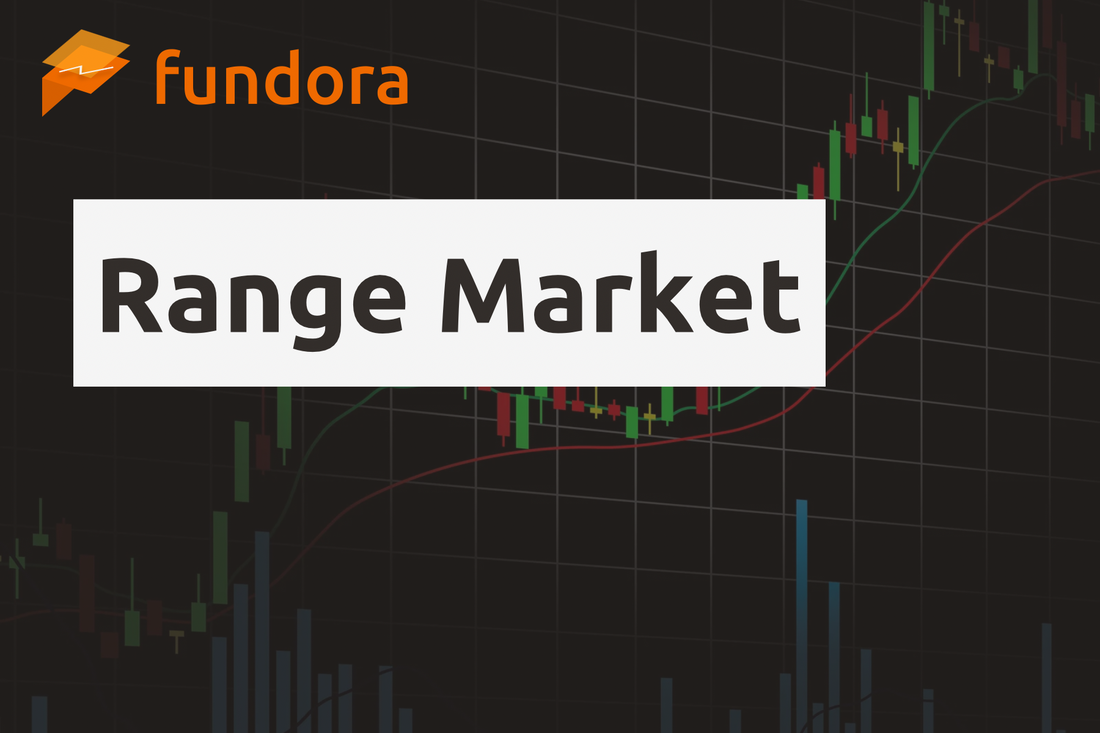
What is a Range Market?
Share
What is a Range Market?
Table of Contents
1.Overview
2.Characteristics of a Range Market
3."Range market trading strategy
4.How to Identify a Range Market
5.Considerations for a Range Market
6.Summary
7.FAQ
What is a Range Market?
A Range Market refers to a market condition where prices move within a certain range. In this market environment, prices repeatedly rise and fall, but do not break through a specific price level, staying within a defined range. This guide provides a comprehensive overview of range markets, including their characteristics and effective trading strategies to navigate them.
1. Overview
A Range Market refers to a market condition where prices move within a certain range. In this market environment, prices repeatedly rise and fall, but do not break through a specific price level, staying within a defined range. Unlike trending markets, where strong upward or downward movements are observed, the range market is characterized by sideways price movement.
In a range market, prices move back and forth between support and resistance levels, creating an ideal environment for traders using counter-trend strategies. However, it is essential to identify potential market reversals.
2. Characteristics of a Range Market
The primary characteristics that define a range-bound market include:
- Price Convergence: In a range market, prices move up and down within a certain range without forming a clear trend. Traders capitalize on the price fluctuations within this range.
- Formation of Support and Resistance: The market range is defined by support lines (levels where prices are unlikely to fall below) and resistance lines (levels where prices are unlikely to rise above). These lines serve as rebound points for prices, making trading within the range possible.
- Low Volatility: In a range market, there is typically less volatility (sharp price movements), meaning that prices tend to move within a small range unless a strong trend emerges.
3. Trading Strategies for a Range Market
3.1. Counter-Trend Strategy
Since prices frequently rebound at support or resistance levels in a range market, a counter-trend strategy can be effective.
Entry: Consider entering a buy position when prices rebound at the support line, or a sell position when prices reverse at the resistance line.
Exit: Lock in profits when prices reverse toward the opposite line after the rebound.
3.2. Breakout Strategy
After a prolonged range market, a breakout can occur if prices break through support or resistance levels. In such cases, trend-following strategies are used to trade in the direction of the breakout.
Entry: Enter the trade when prices break through the support or resistance line in the breakout direction.
Exit: Maintain positions as long as the breakout is sustained and close the position when signs of a reversal appear.
4. How to Identify a Range Market
4.1. Drawing Support and Resistance Lines
By drawing support and resistance lines, traders can visually confirm the range of the market. These lines help determine the boundaries within which the price is moving.
4.2. Using Indicators
RSI (Relative Strength Index): RSI helps identify overbought or oversold conditions and pinpoint potential reversal points.
Bollinger Bands: Bollinger Bands provide a visual representation of price convergence and expansion, helping to identify range-bound conditions.
5. Considerations for a Range Market
5.1. Identifying the Limits of the Range
Range markets may eventually end, and a trend may form. Large price fluctuations can occur when the range breaks, so it is risky to continue counter-trading excessively.
5.2. Impact of Market News
Significant economic data or news events can trigger a shift from a range market to a trending market. This can lead to a sudden breakout, so caution is necessary when trading during such events.
6. Summary
A range market is a market condition where prices move within a specific price range. In this environment, it is key to effectively use counter-trend strategies and breakout strategies. During a range market, trading based on support and resistance lines is important, but it is equally crucial to identify when the range ends. By understanding the characteristics of range markets and managing risks, traders can execute effective trades.
7.FAQ
Q1. What is the most effective strategy in a range market?
A1. In a stable range market, a counter-trend strategy is highly effective. This involves buying at the support line and selling at the resistance line, capitalizing on the price rebounding between these two levels. However, one must also be prepared for a potential breakout.
Q2. How can I tell if a range market is ending?
A2. A range market may be ending when the price decisively breaks through a long-held support or resistance line, often accompanied by increased volatility. Significant economic news or market events can also trigger the end of a range and the beginning of a new trend.
Q3. What are the best indicators for identifying a range market?
A3. Technical indicators are very useful. Bollinger Bands help visualize price consolidation within a range. The Relative Strength Index (RSI) is effective for identifying overbought and oversold conditions, which often signal potential reversal points at the boundaries of the range.